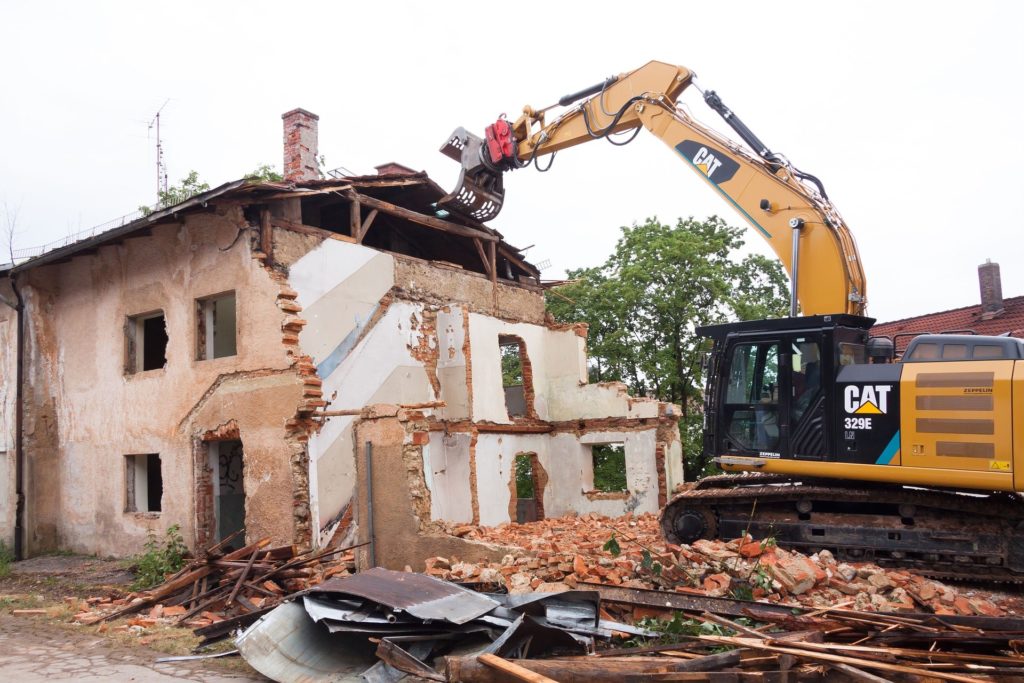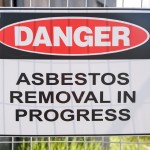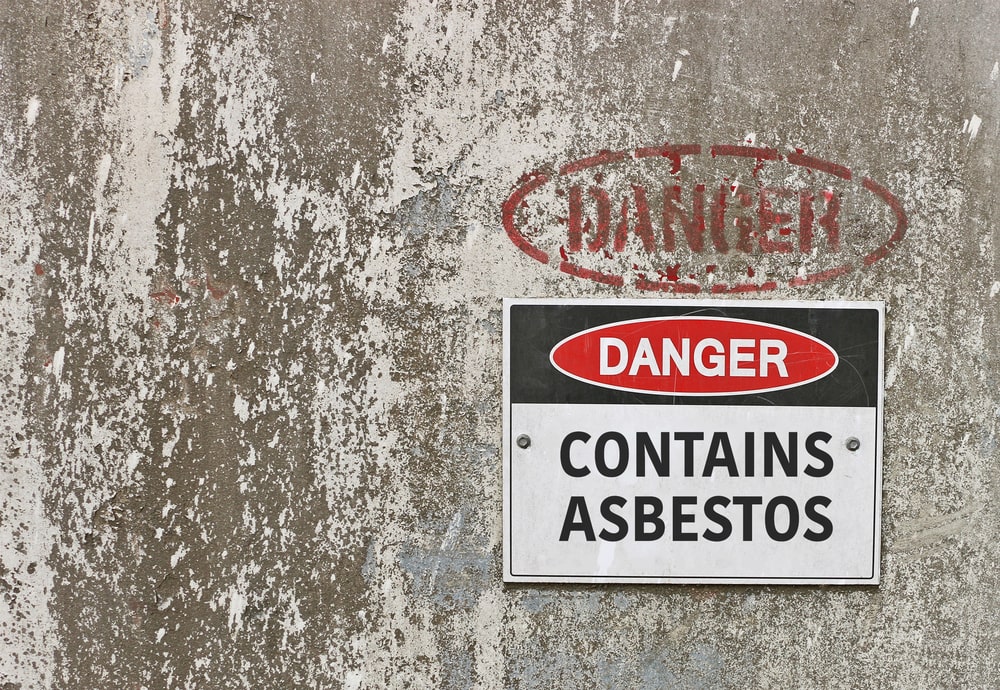Sector - Health & Safety
Dealing with hazardous waste

The construction industry has never been more lucrative for potential investors and eager entrepreneurs. With a growing population and a demand for greater infrastructure in our city spaces, the Office for National Statistics confirmed that the number of firms operating around the UK is rising, with a significant increase of 6.2%, in 2017 — meaning that 314,590 were active in the country.
The numbers for the sector do sound impressive, with the highest level of employment on record, increased earnings, and rising value of new construction orders. But despite this, the industry does encounter some downfalls that can have a negative impact on client delivery.
Hazardous waste is an issue that continues to present itself on building sites, and once hazardous materials have been detected, it can change an entire development plan. This will inevitably cost both time and money to the business, which might not always be an option. As a result, construction developers are having to invest into environmental consultancy firms and know that any waste of this type needs to be detected as early as possible.
What is hazardous waste and how can you handle it?
The Health and Safety Executive state that waste is hazardous when it contains substances that are harmful to human health or the environment, although it is not required to have an immediate effect. Businesses have a responsibility for handling hazardous waste, however their duty of care will depend on whether they are a producer or holder, carrier or a consignee.
The most common types of hazardous waste are:
- Asbestos
- Chemicals
- Batteries
- Solvents
- Pesticides
- Oils
- Various equipment that include ozone depleting substances and general hazardous waste containers — which can be quite common in construction.
Reflecting on the above, these hazardous substances can come in various forms which could include solids, liquids, vapours, gases, and micro-organisms. However, under certain conditions a substance can exist in more than one form at the same time, which means businesses must be correctly equipped to handle them.
It has been reported that we produce 400 million tonnes of hazardous waste each year globally — that’s 13 tonnes every second. As this figure has significantly increased over time, governments around the world are applying pressure on businesses to keep waste to a minimum through the encouragement of prevent, reuse, recycle or recover waste in that specific order. This is known as The Waste Hierarchy.
Hazardous waste must be sorted and stored differently to general waste, with a focus on safety and security. As a standard, this waste can be categorised within four main sub-categories which will depend on the type of development you are working on:
- Construction
- Demolition
- Industry
- Agriculture
Once stored away, you must make sure that your waste is secure and labelled appropriately so that it can be easily identified. To prevent any contamination on your construction site, waterproof covers are recommended so that no waste can run off to any other area.
As well as the physical precautions you put in place, you must keep records to make sure that everything is accounted for. Before your waste management company comes for collection, you must also fill out a consignment note which is required when:
- Collections from businesses that are registered waste carriers.
- Movements from one premises to another within the same organisation.
- When another business has produced waste, movements from customer premises.
The consignment note is not needed when:
- The movement of domestic hazardous waste – other than asbestos.
- Waste has been imported and exported under international waste shipment controls that require a different movement note.
There’s a lot to think about when it comes to hazardous waste on your next development project. Make sure you’re prepared ahead of your next build by analysing your site before putting plans in place or discussing with environmental consultants.
Sources:
https://www.gov.uk/managing-your-waste-an-overview
http://www.hse.gov.uk/construction/healthrisks/hazardous-substances/key-points.htm
https://www.gov.uk/dispose-hazardous-waste
https://www.ons.gov.uk/businessindustryandtrade/constructionindustry/articles/constructionstatistics/number192018edition
http://www.theworldcounts.com/counters/waste_pollution_facts/hazardous_waste_statistics
Article submitted by Patrick Parsons.
If you would like to read more articles like this then please click here.
Related Articles
More Health & Safety Features
- Construction workers face the highest risk of fatality
13 Aug 25
Construction workers face the highest risk of fatality, with one in two Brits saying HSE training is skipped due to time pressure.
- A new chapter for the Building Safety Regulator
12 Aug 25
A package of potentially significant reforms to the makeup of the Building Safety Regulator have been announced.
- Radical action to speed up removal of unsafe cladding
18 Dec 24
The government has set out tough new targets to fix unsafe buildings in England.






